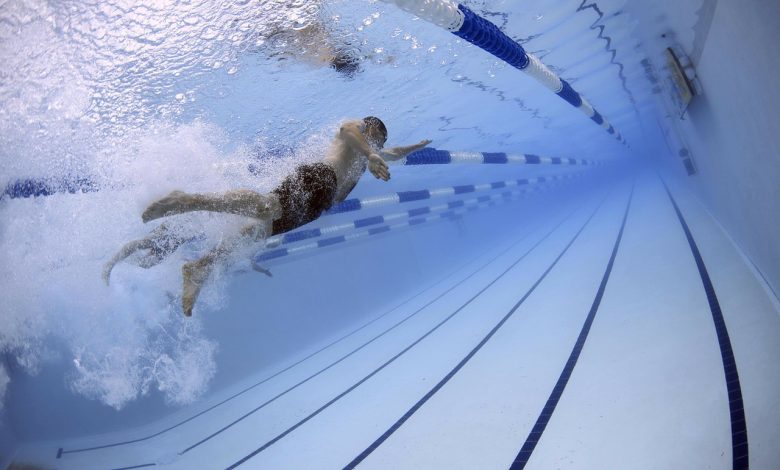Data is a tool in a winning athlete’s arsenal

Athletes who do not utilize data risk relinquishing advantages at the recovery level, among others. As in business, data is a contributing factor for keeping an athlete’s body performing at its peak.
Thomas Robert Daley, a British diver and 2020 Olympic gold medalist, started using data to see correlations in injuries when they first started to creep in.
“It started with how far I could extend my arms behind my head,” he said at a Nov. 10 talk by Tableau, a Seattle-based data visualization software company. “If it drops a below a certain measurement, it means I would be more likely to have a triceps [an upper arm muscle] injury.”
This progressed into daily observations, and then a detailed system that included a physiotherapist’s spreadsheet chronicling movement repetition, step counts, as well as the level of difficulty Mr. Daley found each training session. This, plus other measurables such as heart and breathing rates, gave data that informed his training decisions.
RECOVERY PROCESS
“We started to play around with it, on how we can improve recovery. [We] tested it with our routines to perfect it, minute by minute, hour by hour, day by day, in our preparation for the Olympics,” he said.
Recovery is an important aspect of a training program, particularly for professional athletes, as per a Michigan State University post. In this period, the body adapts to the stress associated with exercise, replenishes muscle glycogen (energy stores), and provides time for the body tissue to repair.
When Mr. Daley started trying out strategies to predict training recovery, he discovered that ice baths, compressions, and massages provided him benefits and “was a help.” These same benefits, however, were not observed in one of his fellow athletes.
INDIVIDUALIZED SUPPORT
There is a need for athletes to receive individualized support on their recovery practices, said Christopher C. Torres, a physiotherapist and chief of sports massage of the Maharlika Pilipinas Basketball League’s Cebu Casino team, in a Facebook interview with BusinessWorld.
“Athletes need to know their respective bodies, and how it will adapt and respond to harsh training and competitive events,” he said.
Mr. Torres’ individualized recovery regimen for a basketball player with an ankle sprain, for example, included a Kinesio Taping application (a modality used in cases like soft tissue injury and joint malalignment), cryotherapy technique (better known as ice application), and joint mobilization.
Both Kinesio Taping and cryotherapy decrease swelling. This leads to an increase in blood circulation in the former, and the cessation of pain the latter. Joint mobilization, meanwhile, is employed to increase the joint’s range of motion, which hastens the recovery process.
“Joint mobilization can only be used after the pain scale has already been decreased to zero,” Mr. Torres added.
DATA PARAMETERS
In the aforementioned case, data also played a role for determining whether the recovery process was furthering along.
“I checked if his tolerance to stand on one leg has increased in duration. I checked the increase in the number of his single-leg hops in an agility ladder,” Mr. Torres said. In numbers, it meant the recovered ankle moving in its normal ranges: flexion up to 30 degrees, extension up to 50 degrees, pronation up to 30 degrees, and supination up to 60 degrees.
All recovery regimens include soft, deep-tissue release, he told BusinessWorld. The Sports Massage Association (SMA) defines soft tissue therapy as the management, manipulation, and rehabilitation of soft tissues of the body. This method applies to anyone who wishes to prevent, or recover from, a soft tissue injury.
“Soft, deep-tissue release in the affected and neighboring muscles [is important] to increase blood circulation, and thus promote healing,” added Mr. Torres. — Patricia Mirasol




